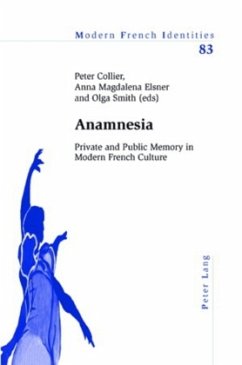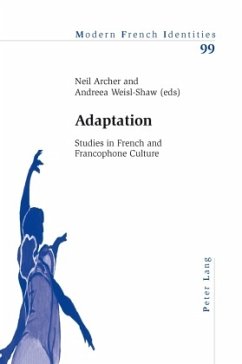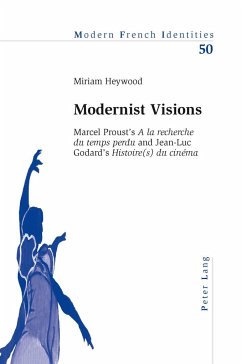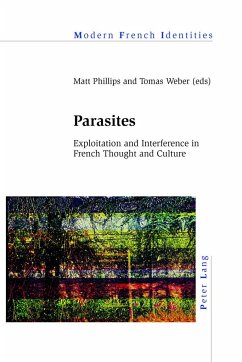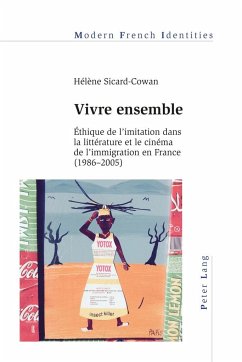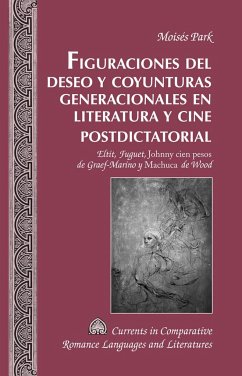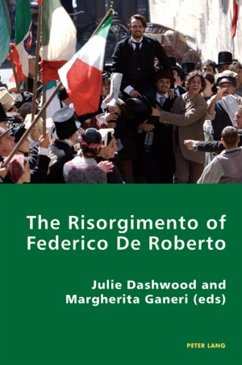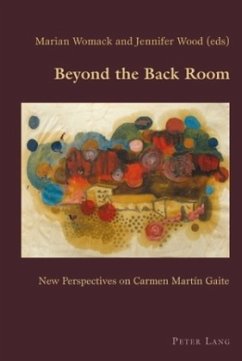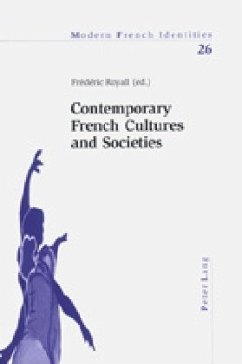
Porous Boundaries
Texts and Images in Twentieth-Century French Culture
Herausgegeben: Collier, Peter; Game, Jérôme
Versandkostenfrei!
Versandfertig in 6-10 Tagen
59,10 €
inkl. MwSt.

PAYBACK Punkte
0 °P sammeln!
After the key moments of the livre d'artiste (from Manet/Mallarmé to Picasso/Reverdy) and Surrealist art, how did the text/image relationship evolve in twentieth-century French culture? By what epistemological and aesthetic frameworks was it determined and, in turn, what new signs and practices, what new meanings did it produce? This book offers a series of answers to these questions by looking at several case studies including Marguerite Duras' filmic rewriting, Pierre Klossowski's shift from writing to painting, contemporary video-poetry, Gilles Deleuze's philosophical engagement with Bacon...
After the key moments of the livre d'artiste (from Manet/Mallarmé to Picasso/Reverdy) and Surrealist art, how did the text/image relationship evolve in twentieth-century French culture? By what epistemological and aesthetic frameworks was it determined and, in turn, what new signs and practices, what new meanings did it produce? This book offers a series of answers to these questions by looking at several case studies including Marguerite Duras' filmic rewriting, Pierre Klossowski's shift from writing to painting, contemporary video-poetry, Gilles Deleuze's philosophical engagement with Bacon and Giacometti, and CD-Rom aesthetics. What brings the various essays in this volume together is a challenging new reading of the text/image relationship as a porous boundary through which texts and images no longer merely illustrate or stand by each other but interpenetrate, hybridise or restructure one another.



